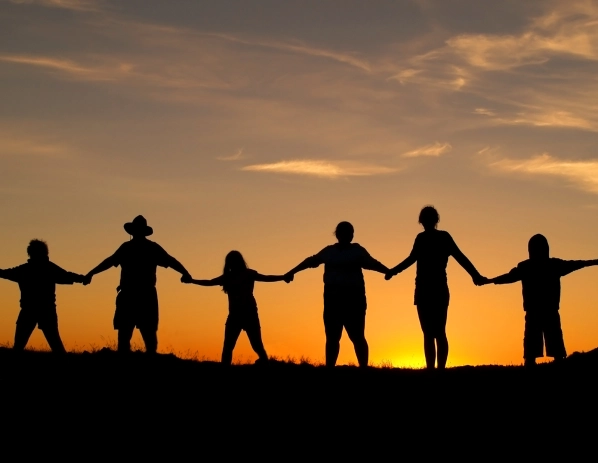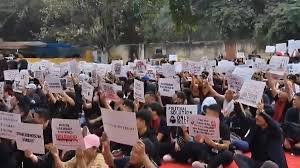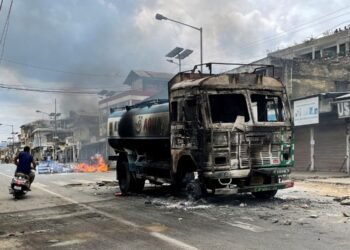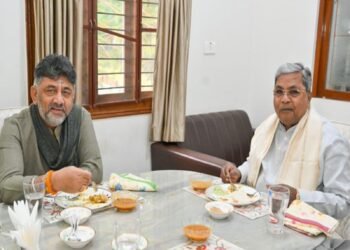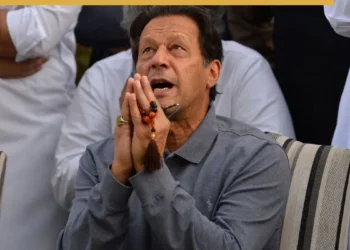This is the first installment in a five-part editorial series on the urgent realities facing tribal communities across India—and the long-overdue call for a collective national voice. Over the next few days, we will spotlight different aspects of tribal lives and the remarkable resilience of Adivasi civil society. In a democracy where 10% of the population still fights for recognition, A New Tribal Dawn is a call for unity, strategy, and long-denied justice.
BY Navin Upadhyay
India’s tribal communities, who make up nearly ten percent of the population, are waging determined but fragmented battles to protect their land, identity, and dignity. From the forests of Bastar to the farthest reaches of Nicobar, Adivasis are standing up to displacement, deforestation, and dispossession. Their resistance burns bright at the grassroots—but is too often ignored or crushed at the national level, largely because there is no unified voice or collective leadership to anchor tribal India in the heart of the country’s democracy.
Take the current year as proof.
In Assam’s Kokrajhar, over 3,600 bighas of tribal land were handed over to the Adani Group for a thermal power project. In Karbi Anglong, tribal leaders from Karbi, Naga, and Adivasi communities are up in arms against massive solar and biogas projects that threaten to uproot more than 20,000 residents. Jharkhand’s Asur tribe, among the most vulnerable in India, is battling against the ecological ruin caused by bauxite mining in the Netarhat plateau. In Chhattisgarh’s Bastar, more than 50,000 people face displacement due to the Bodhghat dam, a project steamrolled without consent. And in the Great Nicobar Island, the Shompen and Nicobarese tribes are staring at cultural extinction from a mega-port project that international experts have called genocidal.
All these movements share a common thread: they are local, reactive, fragmented—and thus, easier for powerful state-corporate lobbies to sideline or suppress.
What is missing is a pan-Indian tribal civil society coalition. There is not one national-level, apolitical tribal leader or platform that commands enough respect and clout across regions—from the Northeast to central India, from Jharkhand’s forests to the Andaman shores. This absence has left Adivasis vulnerable and invisible, forced to fight defensive struggles without coordination, political backing, or sustained media attention.
READ: Assam: Border Tribes Intensify Protest Against Kulsi Dam Project
In a strife-torn state like Manipur, where ethnic violence continues to scar the land, tribal voices from the hills—particularly the Kuki-Zo communities—remain unheard in national forums. While Kuki civil society groups have organized valiantly, their efforts often remain confined to regional echo chambers due to a lack of national solidarity. In fact, if the Kuki-Zo groups could forge unity with the Nagas alone, the political landscape of Manipur would shift dramatically. Political empowerment is the foundation of social and economic liberation—it is essential for resisting oppression, securing rights, and reclaiming dignity.
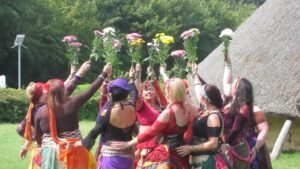
But it doesn’t have to remain this way.
.A solution lies in federated tribal leadership, with regional civil society organisations—like the All Assam Tribal Students’ Union, Karbi Anglong’s land rights bodies, the Adivasi Mahasabha of Jharkhand, Chhattisgarh’s Vanvasi networks, and the Nicobarese councils, Indigenous Tribal Leaders’ Forum (ITLF) and Committee on Tribal Unity(COTU)—coming together on a common national platform. This platform must be rooted in constitutional values (PESA, FRA, Sixth Schedule), and focused on resisting displacement, preserving ecology, and reclaiming tribal dignity.
Moreover, tribal civil society must forge tactical alliances with sympathetic political leaders from the opposition—figures like Hemant Soren (Jharkhand Mukti Morcha), Bhupesh Baghel (Congress), Bijoy Kumar Hrangkhawl (Tipra Motha Party), Pradyot Debbarma (Tipra Motha Party), Khriehu Liezietsu (Naga People’s Front), and Gomati Sai from Chhattisgarh, who have demonstrated a willingness to engage with Adivasi concerns. Among them stands Chhotubhai Vasava, a respected tribal MLA from Gujarat and founder of the Bharatiya Tribal Party, who has long been a consistent, principled voice for tribal rights in electoral politics.
There are many more tribal leaders across India who, if brought together, could form the backbone of a powerful national alliance. Such partnerships between civil society groups and progressive political actors could transform local struggles into meaningful policy change. It’s time for Adivasi movements to stop viewing politics solely through the lens of betrayal—and begin using it as a tool for bargaining, advocacy, and lasting change.
In states like Chhattisgarh, Jharkhand, Odisha, Gujarat, Assam, and Madhya Pradesh, where tribal votes are decisive, such unity could also shift the political axis. Even in regions like Manipur and Nagaland, tribal unity could bridge ethnic fault lines by presenting a common platform of constitutional rights and ecological protection.
READ: Meitei Groups to Urge Peace in Hills at MHA Talks
Fragmented, Adivasis can be outflanked. United, they can reshape the nation’s priorities. What India needs now is a collective tribal leadership—standing on a single platform, ready to fight not just for themselves, but for one another.
If even a fraction of India’s 15 crore tribal citizens speak in unison, no government—no matter how majoritarian—can ignore them. The fragmented protests today, no matter how brave, are like isolated embers. But if they converge into one fire, India will have to listen.
It’s time for a new tribal dawn—not of resistance alone, but of strategic unity.


